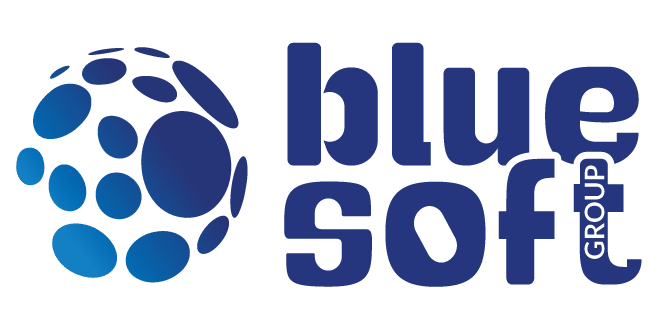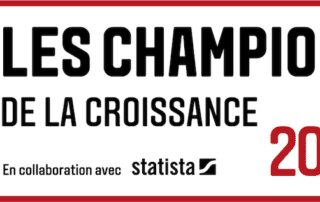What is DevOps?
DevOps comes from "Dev" (development) and "Ops" (operations). This operational method is increasingly used not only for software development, but also for Machine Learning and Data Science. The DevOps concept The development and operations teams, although working in the same field, have totally different ways of conceiving things. For a better understanding: Agile rituals: essential practices for a successful Scrum (1/2) (bluesoft-group.com) While developers often use the agile method, operational teams tend to use the ITIL method. DevOps unifies the teams, processes and technologies of both professions. It involves IT operations in planning, tracking, development, testing, delivery, monitoring and operations. By adopting the DevOps method on a day-to-day basis, teams are able to achieve their objectives more quickly and respond better to customer needs. The project is therefore built from A to Z, involving all the professions concerned. The combination of these practices and tools is designed to improve an organization's ability to deliver high-quality applications and software. To find out more: 10 essential DevOps tools for [...]








